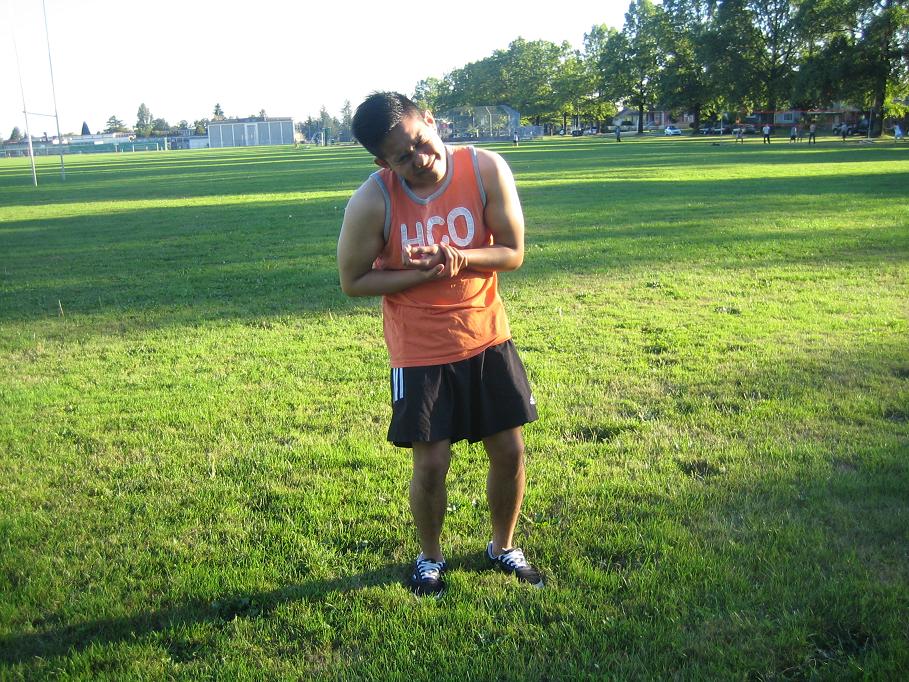Compartment syndrome involves heightened pressure in the area surrounding certain muscles. This occurs once the damaged muscles become excessively swollen that the blood supply is cut off.
The condition is rare but serious since it can result to loss of a limb. In some cases, the muscles in the affected limb can become permanently shortened.
The muscles in the lower leg are enclosed by a constricted covering comprised of fibrous tissue which is known as fascia. This layer creates a sealed space that includes muscle tissue, nerves and blood vessels. The space could not expand to accommodate the swelling that occurs once muscles or bones within the compartment are severely damaged.

Due to the lack of space for the inflammation, compression on the muscle tissue in the compartment rises. The amplified pressure places weight on the blood vessels in the area, thus blood could not reach the muscle tissue and supply it with oxygen. In case the muscle is robbed of oxygen for an extended period, the muscle is further damaged, resulting to increased swelling and pressure in the tissues. After a few hours, the muscle and neighboring soft tissue are permanently damaged and eventually die.
How it occurs
Compartment syndrome is likely to occur after a fracture especially to the lower leg and a crushing injury to a limb.
In rare circumstances, the syndrome develops once a cast or bandage is too tightly applied and disrupts with the blood supply. In other rare occasions, it might include severe exertion, snakebites or overdose of a drug such as cocaine or heroin.
What are the indications?
The initial symptom is increasing pain. The pain is usually worse than what is expected for the injury. Moving the toes or fingers in certain ways that stretched the affected muscles triggers pain. Pain medications do not have any effect.
As the condition worsens, there are unusual sensations in the affected limb and inability to move the hand or foot of the injured limb. Take note that the limb might feel numb and appear evidently swollen while the skin is pale and feels cool and tight. Remember that the risk for infection is increased.
How is it diagnosed
If an individual sustained an injury with the following symptoms especially if it is severe or if placed under a cast or splint, a doctor should be seen right away for the following:
- Intensifying pain in the immobilized limb
- Limb numbness
- Pain when slowly moving the fingers or toes of the immobilized limb
Compartment syndrome is suspected based on the symptoms. When confirming a diagnosis, the pulse in the limb is checked and the pressure in the compartment is measured.
When measuring the pressure, the doctor utilizes a needle with a pressure monitor affixed to it. The needle is inserted into the compartment of the affected limb right beneath the fascia. The monitor records the pressure and the needle is taken out.
How compartment syndrome is managed
The treatment must be started before the limb turns pale and before the pulse stops. If the pulse is absent, the tissues in the limb might be dead.
If the doctor suspects the syndrome, anything that is confining the limb is removed such as a cast or splint. In case this does not alleviate the pressure, fasciotomy which is a medical procedure is carried out.

